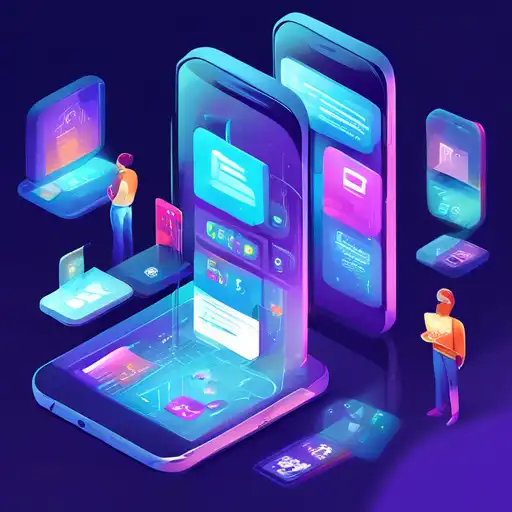Introduction to Mobile Development Trends
The mobile development landscape is constantly evolving, with new technologies and methodologies emerging at a rapid pace. As we look towards the future, several key trends are poised to redefine how apps are developed, deployed, and experienced by users worldwide. This article explores these pivotal trends, offering insights into what developers and businesses should watch out for.
1. Cross-Platform Development Gains Momentum
One of the most significant shifts in mobile development is the growing preference for cross-platform frameworks. Tools like Flutter and React Native enable developers to write code once and deploy it across both iOS and Android platforms, significantly reducing development time and costs. This trend is expected to accelerate, making cross-platform development a standard practice in the industry.
2. The Rise of 5G Technology
With the global rollout of 5G networks, mobile apps are set to become faster and more responsive than ever before. This leap in connectivity will unlock new possibilities for app features, such as real-time streaming, augmented reality (AR), and virtual reality (VR) experiences, pushing developers to innovate beyond current limitations.
3. Artificial Intelligence and Machine Learning Integration
AI and ML are transforming mobile apps, enabling personalized user experiences, predictive analytics, and advanced security features. From chatbots to recommendation engines, these technologies are becoming integral to mobile development, offering smarter and more intuitive apps.
4. Enhanced Focus on App Security
As mobile apps handle increasingly sensitive data, security has become a top priority for developers. Future trends include the adoption of advanced encryption methods, biometric authentication, and secure coding practices to protect user data against evolving threats.
5. The Growth of Instant Apps
Instant apps allow users to experience an app without downloading it, offering a seamless and lightweight alternative. This trend is particularly appealing for businesses looking to reduce friction in user acquisition and enhance engagement without the commitment of a full app download.
6. Sustainable and Inclusive Design
Accessibility and sustainability are becoming key considerations in mobile development. Developers are focusing on creating apps that are usable by everyone, including people with disabilities, and minimizing the environmental impact of digital products through efficient coding and design practices.
Conclusion
The future of mobile development is bright, with innovations that promise to enhance functionality, security, and user experience. By staying ahead of these trends, developers and businesses can ensure their apps remain competitive in a rapidly changing digital landscape. For more insights into technology trends, check out our tech trends section.
